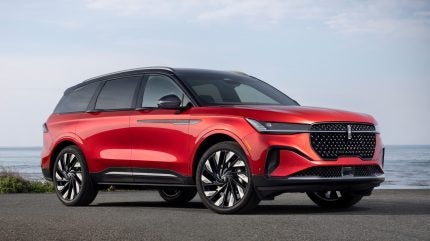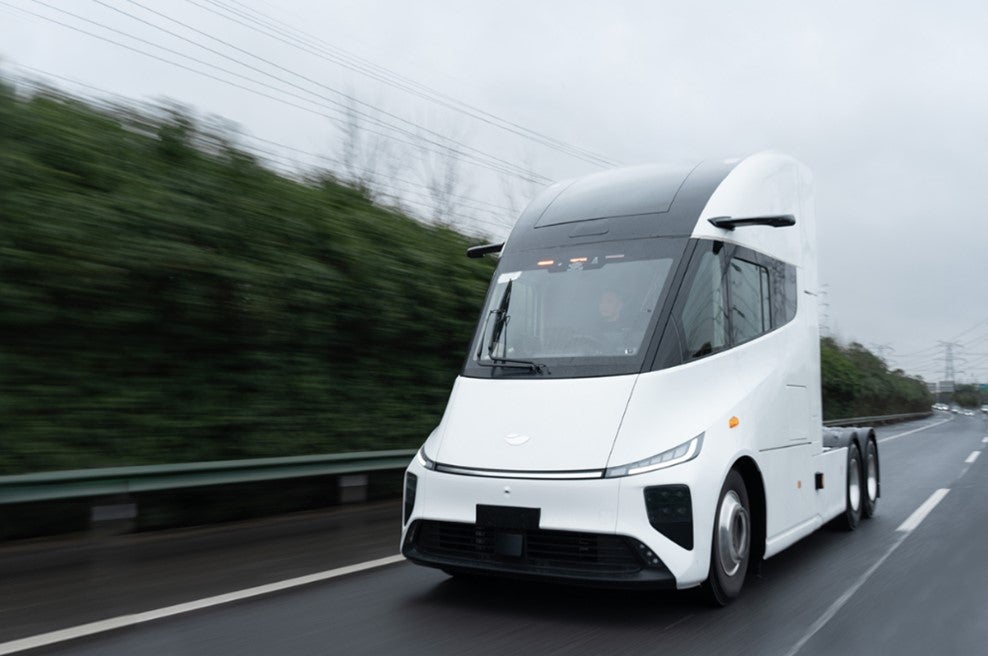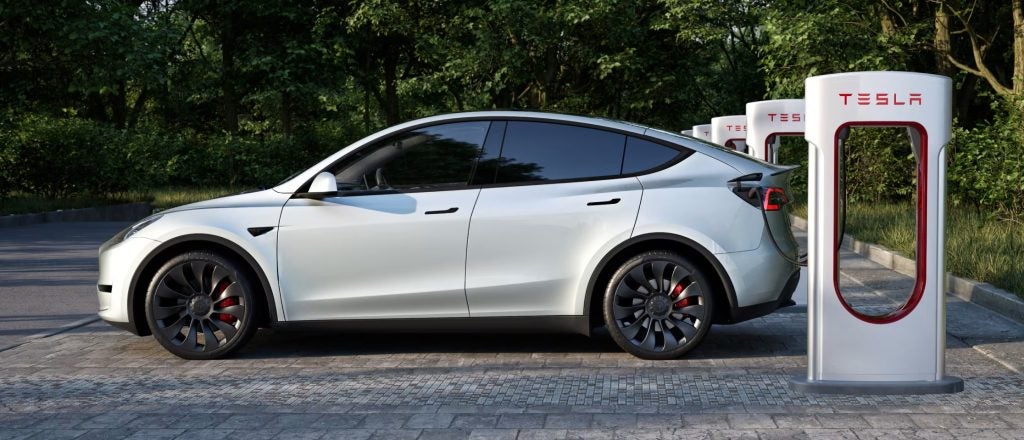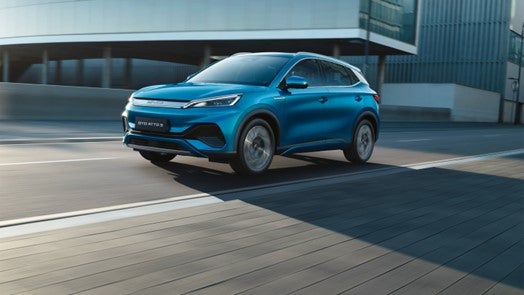
A new CEO in the US last year and more recently a fresh leader for China have paused a formerly planned big push into EVs or at least tweaked and delayed the strategy. So where does that leave Lincoln here and now? This report looks at the current range as well as what could be in the pipeline to replace each.
With the end of Nautilus production in Canada during 2023, the locally-made Lincoln product line for North America now comprises just three models. As at the end of April, build totals were 11,766 for the Corsair (Louisville Assembly) and 10,832 examples of the Aviator built at Chicago Main, with Kentucky Truck producing 6,675 units of the high-margin, full-sized Navigator.
The Nautilus, which is the brand’s newest vehicle, is fresh for the 2024 model year but unlike the outgoing generation, this one is built solely in China, Changan Ford manufacturing it in Hangzhou (Zhejiang). And whilst this almost five-metre long SUV looks completely different to the previous Nautilus, the platform is the tried and tested FWD-AWD Ford C2 architecture.
Mechanically, there are big changes, the 2.7-litre V6 having been dropped and effectively replaced by a hybrid powertrain. That means a 2.0-litre turbo plus 100 kW motor, combined power being 231 kW (310 horsepower – 25 more than the old V6), drive reaching the road via an e-CVT. Curiously, the Chinese market model has only 207 kW with torque of 407 Nm. And in both markets, buyers may instead choose a 250 hp 2.0-litre turbo.
The new Nautilus should be facelifted in 2026 for the 2027 model year and replaced by an EV in 2030/2031. Build may also return to the Oakville plant in Ontario at the same time. That factory is presently offline awaiting the start of a refit, having produced its final vehicle, a Ford Edge, at the end of April.
The eventual restart of any build at Oakville has been pushed back from an originally stated 2025 to 2027 as Ford reassesses the cadence of many future EV launches in North America. All we know for certain is that the retooling is still set to go ahead later in 2024, preparing the plant for production of at least two, possibly three electric SUVs for the Ford and Lincoln brands commencing in 2027. What happens to the workforce during the long hiatus has not been stated.
How well do you really know your competitors?
Access the most comprehensive Company Profiles on the market, powered by GlobalData. Save hours of research. Gain competitive edge.

Thank you!
Your download email will arrive shortly
Not ready to buy yet? Download a free sample
We are confident about the unique quality of our Company Profiles. However, we want you to make the most beneficial decision for your business, so we offer a free sample that you can download by submitting the below form
By GlobalDataThe cooling of demand for electrified models in general is also why the Aviator Grand Touring (i.e. the PHEV) was recently axed, fewer than one in seven sales of this model having been the plug-in hybrid. The vehicle itself, meanwhile, has just had a facelift, with that highly likely to be the main development for this generation before a successor lands in 2027. That vehicle has been confirmed as an EV with production based at Oakville rather than Chicago.
Ford Motor is also planning to wind down production of one other current Lincoln, the Corsair, a compact crossover. Launched in 2019 for the 2020 model year, build is due to end at the Louisville factory in Kentucky during 2025. Lincoln should however, return to this segment in 2026 or 2027 with an electric successor.
Finally, many questions remain over the fate of the Navigator, the brand’s largest model and a real money-spinner for Ford Motor Company. The present generation was new in 2018 and at one time had been expected to be replaced in 2024. Now, however, it is believed that production will be extended into the latter half of this decade. Particularly as the model is selling so well and Ford will be wanting to wait a while longer before pushing the go button on a potentially electric replacement. What may instead happen is a re-engineering of the existing vehicle with a heavily revised body and updated powertrains.







